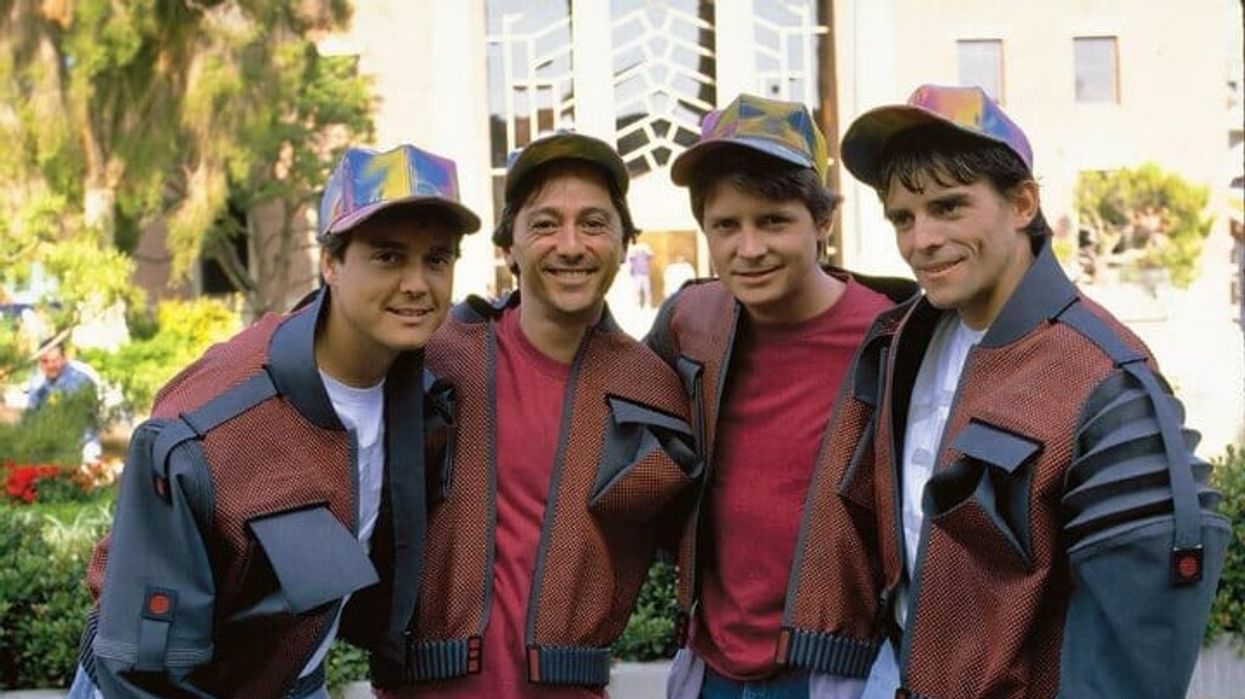What Is a Texas Switch and How Can You Use It In Movies?
What's a Texas Switch? And how does this VFX cheat make action movies feel more real and true to life? Find out below.

I hate watching a movie where they replace humans with CGI during action scenes. I like my stunts to be practical.
Have you ever been watching a movie and astounded at how the lead actor does their own stunts? Well if you're not watching Tom Cruise of Jackie Chan, there's a really good chance that these highly paid movie stars actually have trained stuntmen and women taking their place.
But what about in scenes that seem to have a seamless transition between actor and stunt person? Or scenes specifically blocked to create these transitions? Like the ones from this tweet below.
\u201cThe Texas Switch has to be the coolest filmmaking trick around, right? Here's where it was used in Aquaman, Cast Away and - YES - in Speed! https://t.co/uKp5eGFEXT\u201d— befores & afters magazine (@befores & afters magazine) 1555430401
Today, let's go over the Texas Switch, define it, look at some examples, and applaud the people who use this technique to keep our favorite films looking real and badass.
How to Use a Texas Switch (Definition & Examples)
The Texas Switch is a technique used in cinematography, VFX, and stunts where a character does an incredible or elaborate stunt that invisibly transitions from lead actor to stunt performer through clever staging and camera movement.
How to Execute a Texas Switch
To execute a Texas Switch, it takes careful blocking and camera movement. You want to make sure the scenes have moments where the camera can get ahead of the actor so the switch can be made, or scenes where they run behind something so the switch can happen there. This takes careful collaboration and planning between the director, cinematographer, and stunt performer.
The result is something that looks incredibly real and keeps us invested in the story.
I love the Texas Switch because it preserves the authenticity of the story. Except when it's used for humor, like in The Naked Gun.
More Texas Switch Examples
On the set of Atomic Blonde, David Leitch couldn't let Charlize Theron do all her own stunts. It's frequently very expensive to let lead actors do them, as they have to be insured in case an injury causes them to miss shooting days.
But Leitch's movie also had to maintain the grounded and gritty look, so he employed the Texas Switch in certain sequences to keep the reality of the world intact.
A key action set piece in Aquaman also lives and dies on the Texas Switch.
During the rooftop chase scene, Amber Heard's character has to dash over tiles and rooftops while dodging gunfire. While shot on a blue screen, director James Wan still wanted to keep the integrity of the story and visuals. Wan breaks down the scene in the video below.
The shot was a one-take that didn't have the opportunity to cut away. So they had to carefully craft the movement of the actors so that when Heard cuts to a different direction, the stunt person can take over. They're both attached to wires, so they just swing in the other actor and continue the scene. These stunts keep the scene feeling more realistic.
But it's not just about doubling bodies, it also works on motorcycles.
Check out the opening to The Place Beyond the Pines, where the stunt actor on the motorcycle takes over for a driving Ryan Gosling. It starts at about 2:10 if you don't want to watch the whole thing.
The pass here is cleverly disguised via the point of view of the cops chasing him. This expansion on the point of view is a great disguise for the switching of the actors. And the helmet keeps us in the world too.
What are some of your favorite Texas Switches in film and television? Let us know and post links in the comments!
What's next? 50+ Camera Angles and Examples!
Have you ever been overwhelmed at the possibility of every camera angle, framing, and shot type available as a filmmaker? Us too. So we provided a cheat sheet with definitions for you!
Click to learn!













